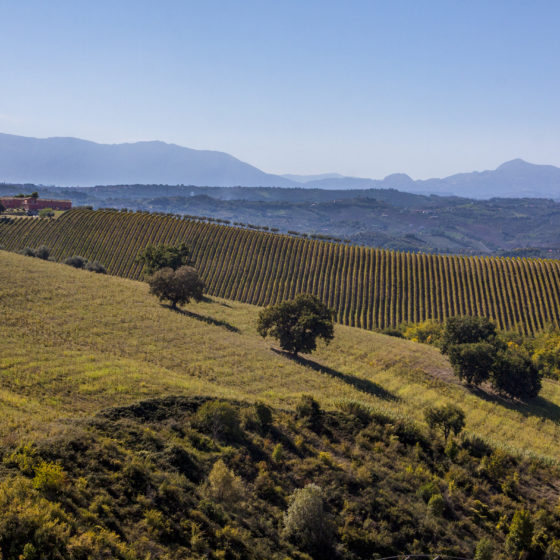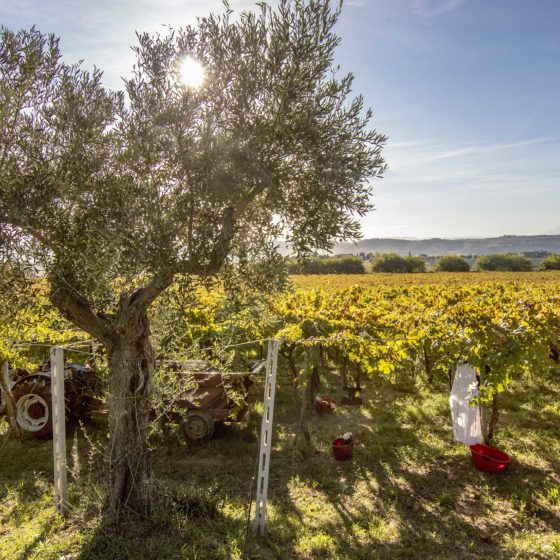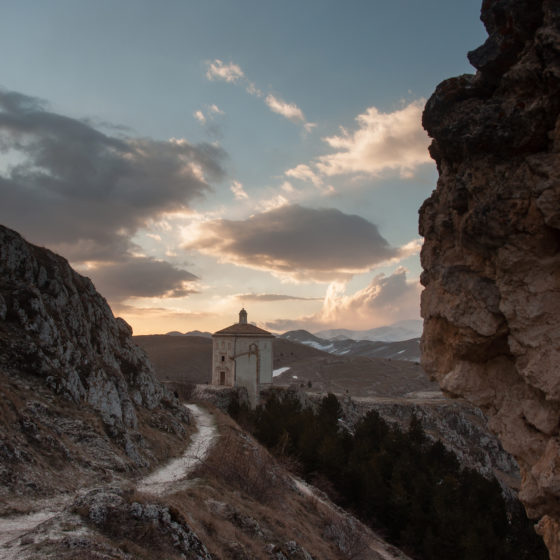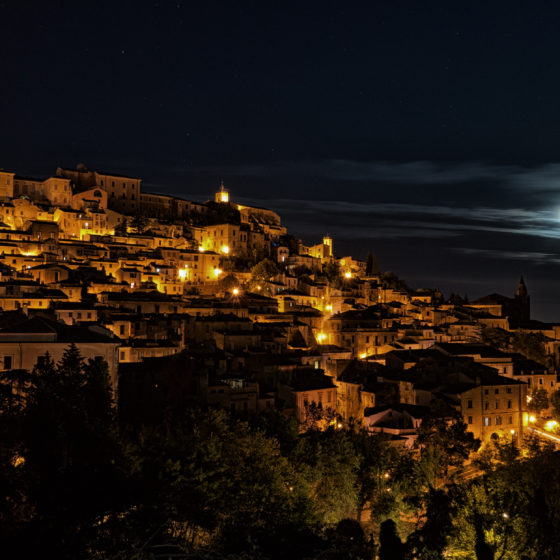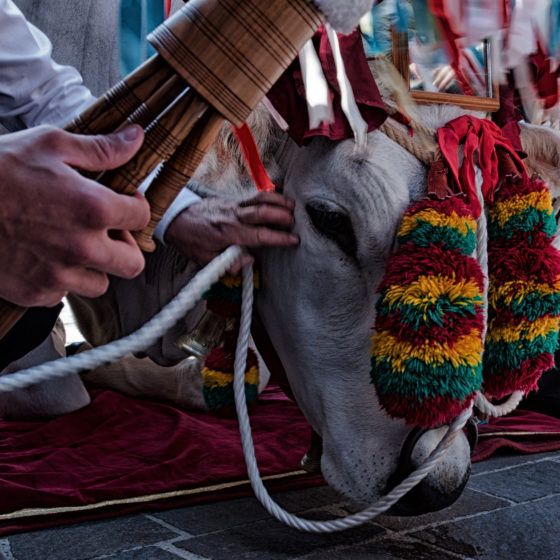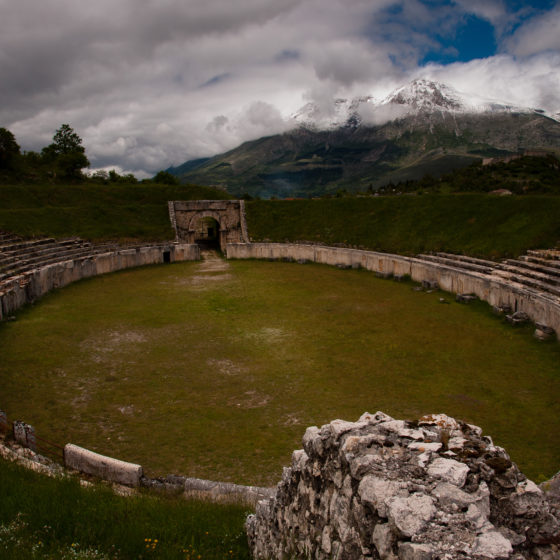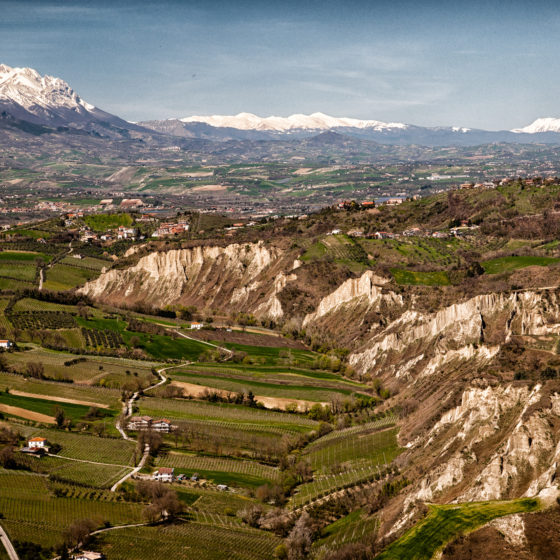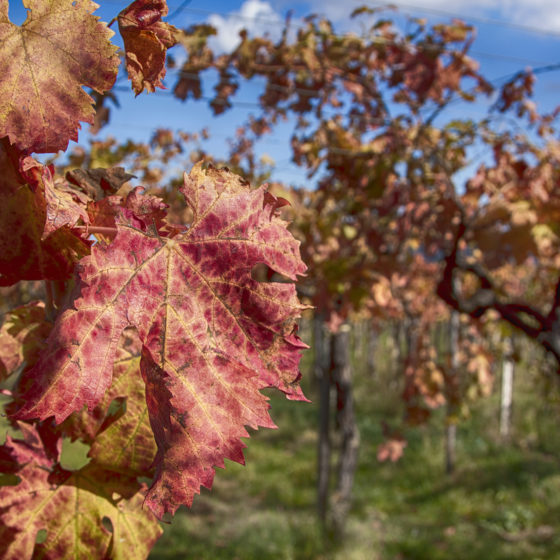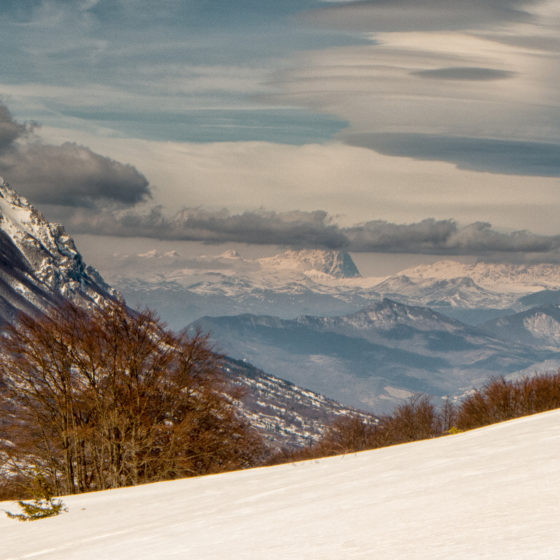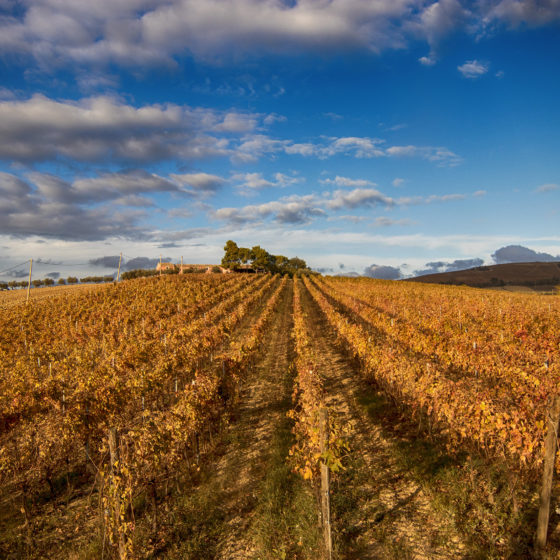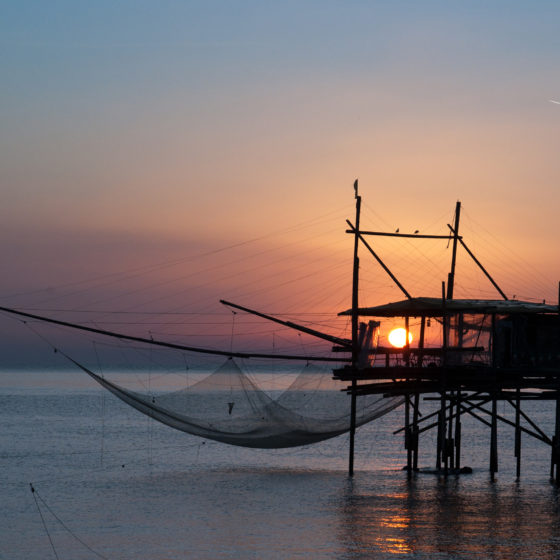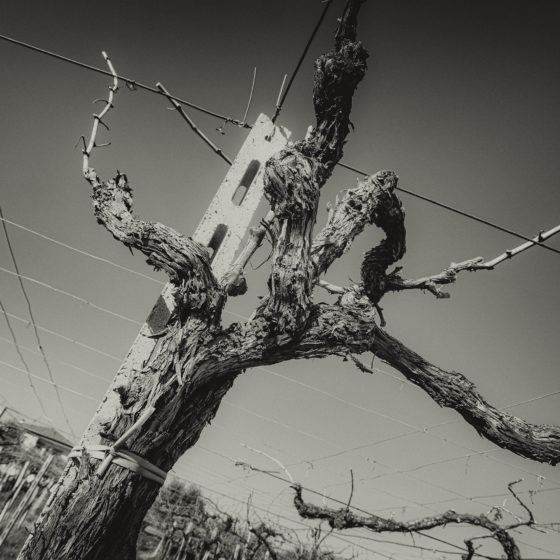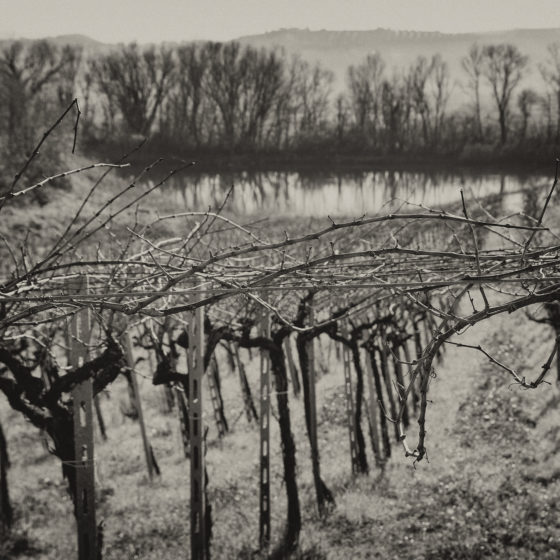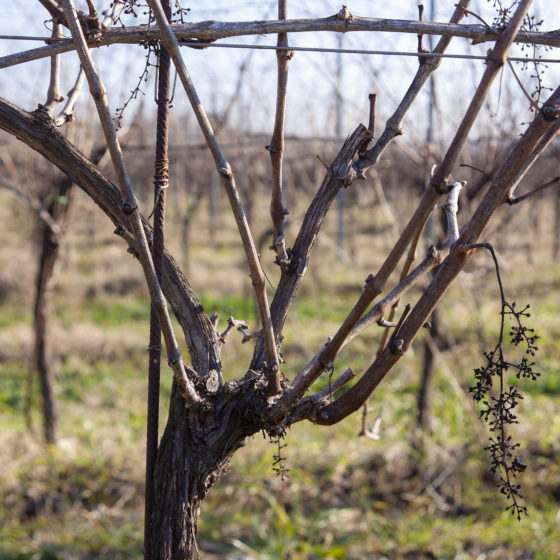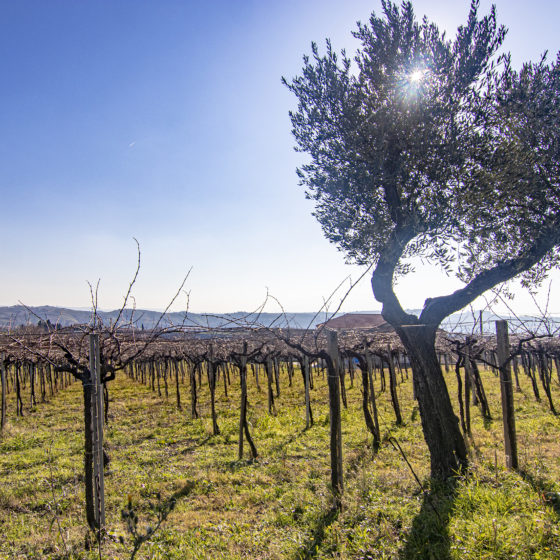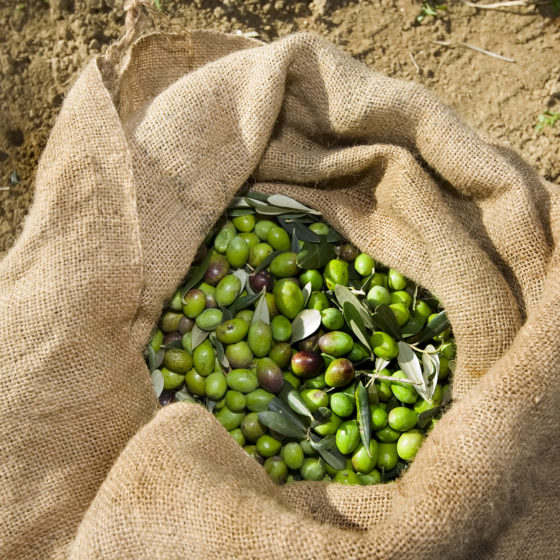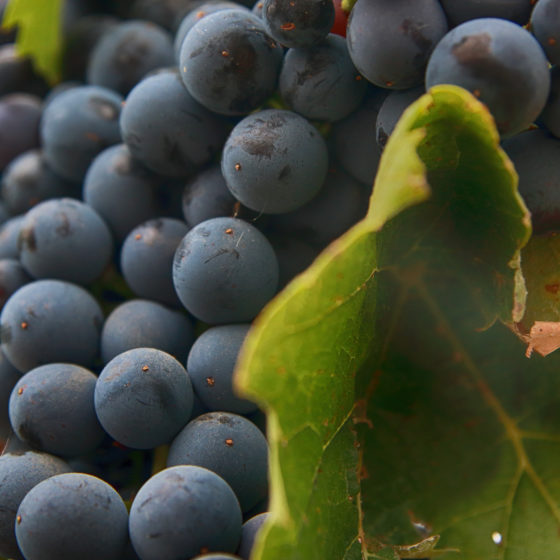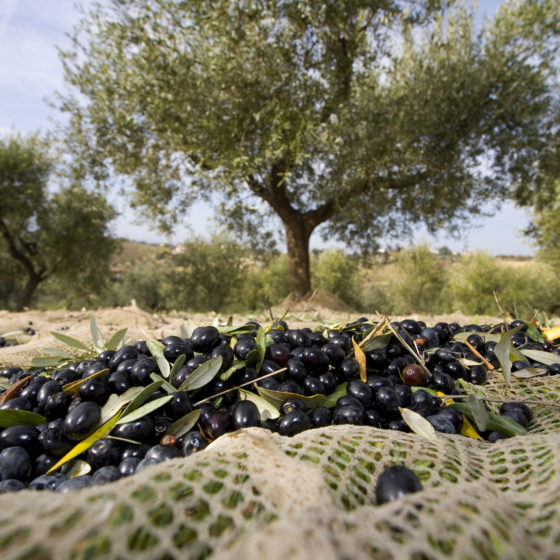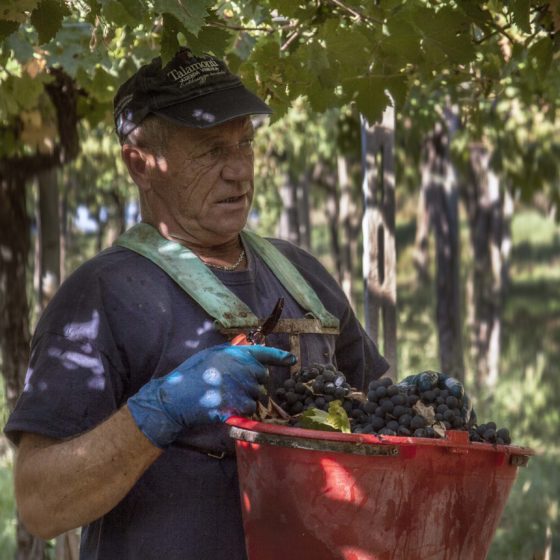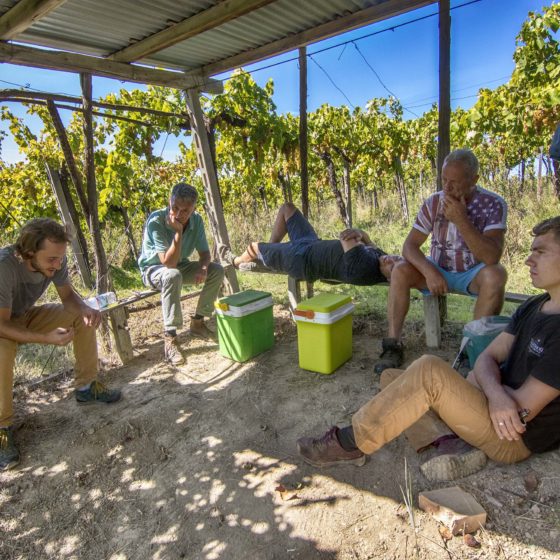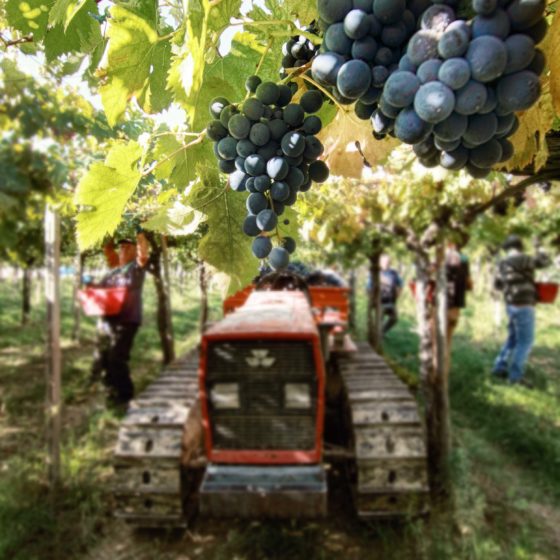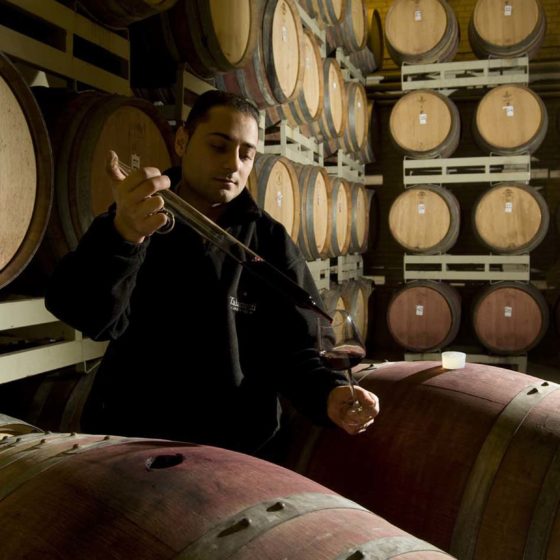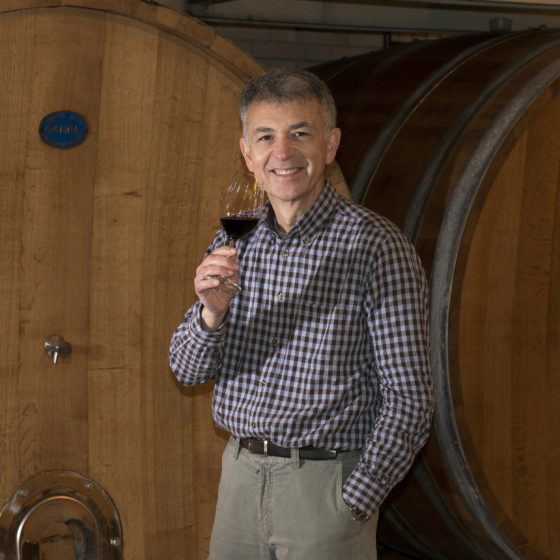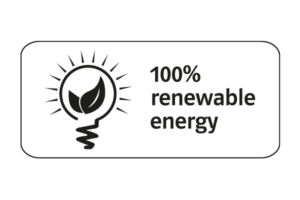Estate
Talamonti was founded in 2001 by the Redmont – Di Tonno family, in a magnificent, unspoiled part of the Abruzzi. Our daily objective lies in constantly seeking the best interaction between the varietal in our vineyards, the sun-exposition, the training method, and the desired yield, with the sole desire to best express our unique terroir.
Talamonti vineyards at the turn of the century have expanded to 45 hectares in production in the municipality of Loreto Aprutino. In addition to the native Montepulciano d’Abruzzo and Trebbiano d’Abruzzo, other varietals have been planted. Pecorino, for example was planted in 2004 as part of an estate experiment to study the ability of other varieties to adapt and express themselves. Our vineyards circumnavigate our winery and are located at 300 meters above sea level with South East exposure in the Tavo Valley region.
The Cellars are filled with dozens of prime oak barrels selected for greater variety in origin, grain, seasoning and toasture. Following an extensive study on the aging of the Montepulciano d’Abruzzo grape in wooden casks, Talamonti has chosen to utilize different 300 liters and 3400 liters oak barrels from Austria, France, USA, and Eastern Europe.
The vinification area hosts select state-of-the art fermentation vats of different sizes in order to vinify separately the different parcels of vineyards. In addition, we have our own bottling line and labeling equipment, purchased in 2008, in order to vertically integrate so as to personally control as much of the process as possible.
When I turned nine, my father offered me my first glass of wine. As I drew it closer, he suddenly stopped me and said: “No stop. First you must look at it, then you must bring it to your nose, and only afterwards will you savour it. The wine will tell you a story. You must pay great attention to it because in this glass of wine you will find the farmer’s hard work.”
– Luigi Veronelli
Antonella Di Tonno & Rodrigo Redmont
The Terroir
The Climate
The Cultivars
The Team
The Terroir
The landscape around our estate has been heavily shaped over millions of years by multiple glacial processes. The region around Loreto Aprutino shows geomorphologies typical of glacial and periglacial environments, including glacial circles, moraines, rock glaciers, roches montonèes, kettle holes and soils with patterned ground surface. The study of the soils within the kettle holes show that these morphologies were comprised of sequences of buried soils characterized by the presence of wind-blown volcanic ashes. However, the most important environmental characteristic of present day Abruzzi is its incredible biodiversity. Filled with an impressive number of National Parks, the region borders the Apennine mountain range towards west, the Maiella mountain range towards south, the Sibylline massif towards North and the Adriatic Sea towards east. Over 20% of the Abruzzi region is covered by woods.
Loreto Aprutino is nestled in a very unique position for central Italy. At 300 meters above sea level, Loreto Aprutino sits closely to a geomorphologic rarity: the Ghiacciaio del Calderone, the southernmost glacier in Europe and the only one in the central Mediterranean area. The origin of the name “Loreto Aprutino” can be found in ancient Roman times and is credited to a forest of bay leave trees that supposedly dominated the area back then. Loreto Aprutino boasts ancient origins dating back to Italic, Roman and early Christian settlements.
The Climate
The climate of Loreto Aprutino is strongly influenced by both the Apennine Mountain range and the Adriatic Sea, each only a few kilometers away. Average temperatures during the year however around 15°C with a maximum temperature of 35°C during the summer and -2°C during the winter. Annual rainfall is estimated at 700mm. During the winter – although the proximity to the Adriatic Sea more often results in milder temperatures versus the rest of central Italy – cold wind currents from the Balkans can drop temperatures dramatically and bring snow. This results in tougher winters than what is found in other areas at the same latitude.
The Cultivars
Archaeological remains pertaining to the production of wine and extra-virgin olive oil can be found in the ancient town of Loreto Aprutino. This thousand year tradition has today become so widespread that out of 7500 inhabitants in Loreto Aprutino there are over 1400 producers, including Talamonti. The wines of Abruzzi are cited by several authors over the centuries, including Ovid, Pliny and Martial. Stories about the health benefits of Abruzzo’s red wine flourished thousands of years ago. Even the cure for Hannibal’s horses from scurvy in 216 BC is attributed to Montepulciano d’Abruzzo. As a result, for the past 200 years wine producers in Tuscany and in the Abruzzi region have debated the true origin and paternity of the name “Montepulciano”. The confusion stems from the capacity of both to produce great wines. However, the ripening period for Sangiovese and Montepulciano are distant apart, demonstrating the difference. As far as Trebbiano is concerned, one clone is already mentioned by the Bolognese agronomist De Crescentiis in 1303. This grape is planted throughout most of Italy but only in specific terroir does the grape truly express its full potential. Although many clones of Trebbiano exist, only one of these can compared to the great white wines of the world: Trebbiano d’Abruzzo produced in Loreto Aprutino. Often compared to Semillion by experts, Loreto Aprutino’s Trebbiano d’Abruzzo can display an impressive freshness and youthful characteristics even after 10 years, uncommon feat for most Italian whites. Furthermore, do not forget Loreto Aprutino is home to the first Denominazione d’Origine Protetta for olive oil of Europe: The Aprutino-Pescarese DOP assigned on July 1st 1996 by the European Union.
The Team
Talamonti staff is selected from a pool of young talent, rich in great potential. We train our staff to evolve into a cohesive leadership team ready to make its own mark. They are the future stars of the region, sharing a vivid common goal: to innovate in the Abruzzi region and become the quality benchmark for the region around the world. The objective of Talamonti lies in constantly researching, improving, and developing our own heritage. One of the first family estates in the Abruzzi to focus on customer satisfaction, Talamonti began in 2007 certifying its production and customer satisfaction with SGS (ISO 9001). As described through the words of French poet, Paul Valery, the finest wines can be compared to immaculate pearls: “the precious work of a series of intertwined causes and effects”. At Talamonti we emulate this extensive and time consuming process followed by nature. Every layer is an important part of the final result, improving the underlying layers. The winemaking philosophy of Talamonti is enclosed in these words: understanding the initial raw material and interpreting the smallest details. Step-by-step in all the phases of the oenological process flow. The winemaker’s profound knowledge paired to the constant commitment of the cellar master in the attentive processing of the ripest grapes, guarantees a high quality standard that thrives in the most complex of perfumes and aromas, all fully respecting of the land of origin.

